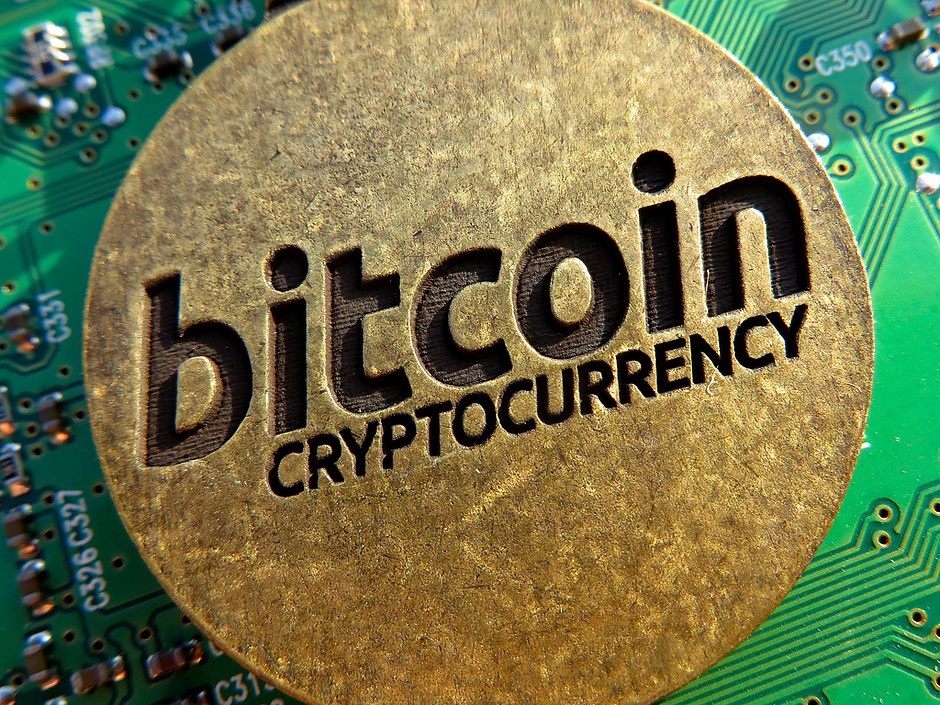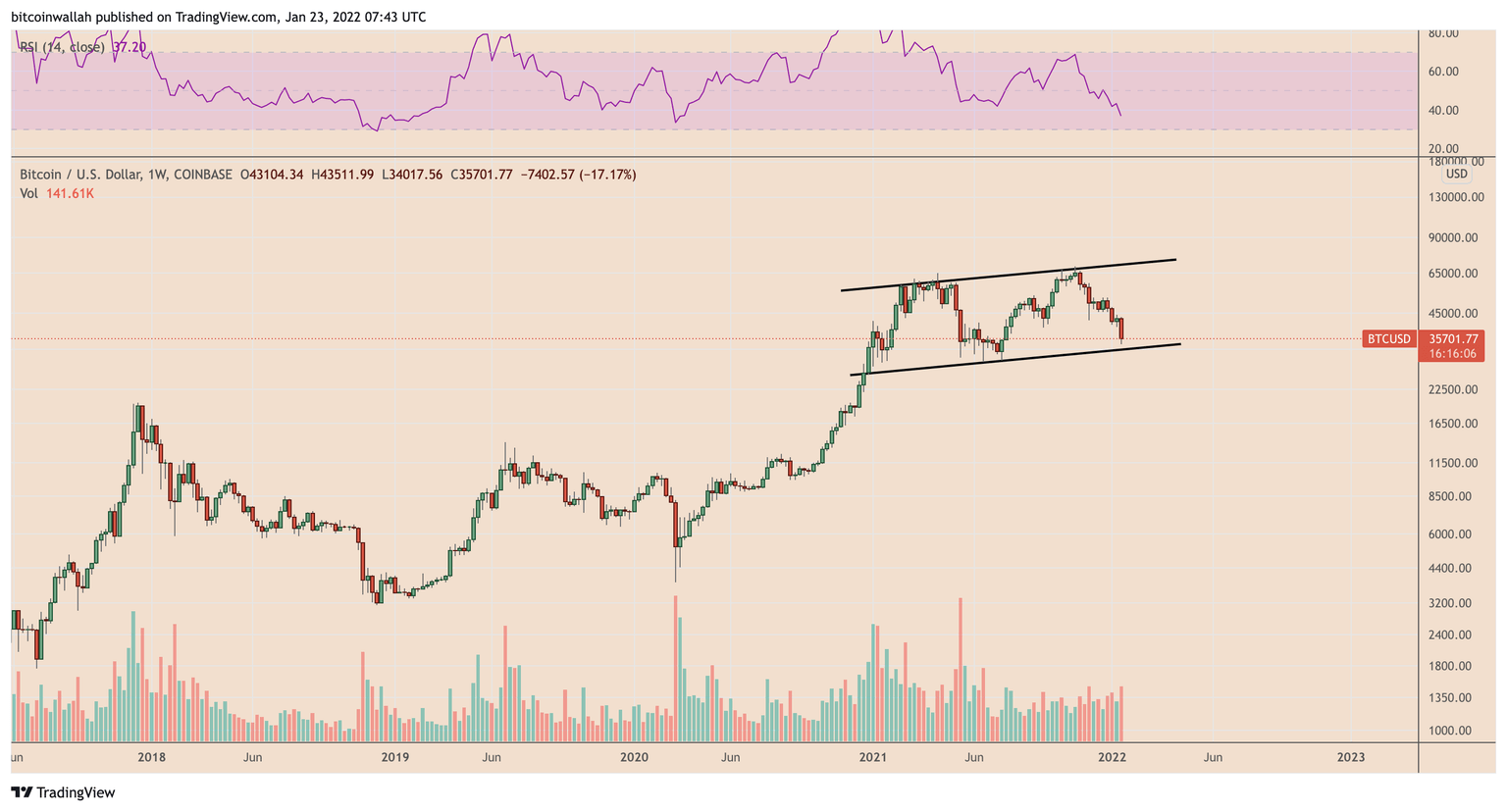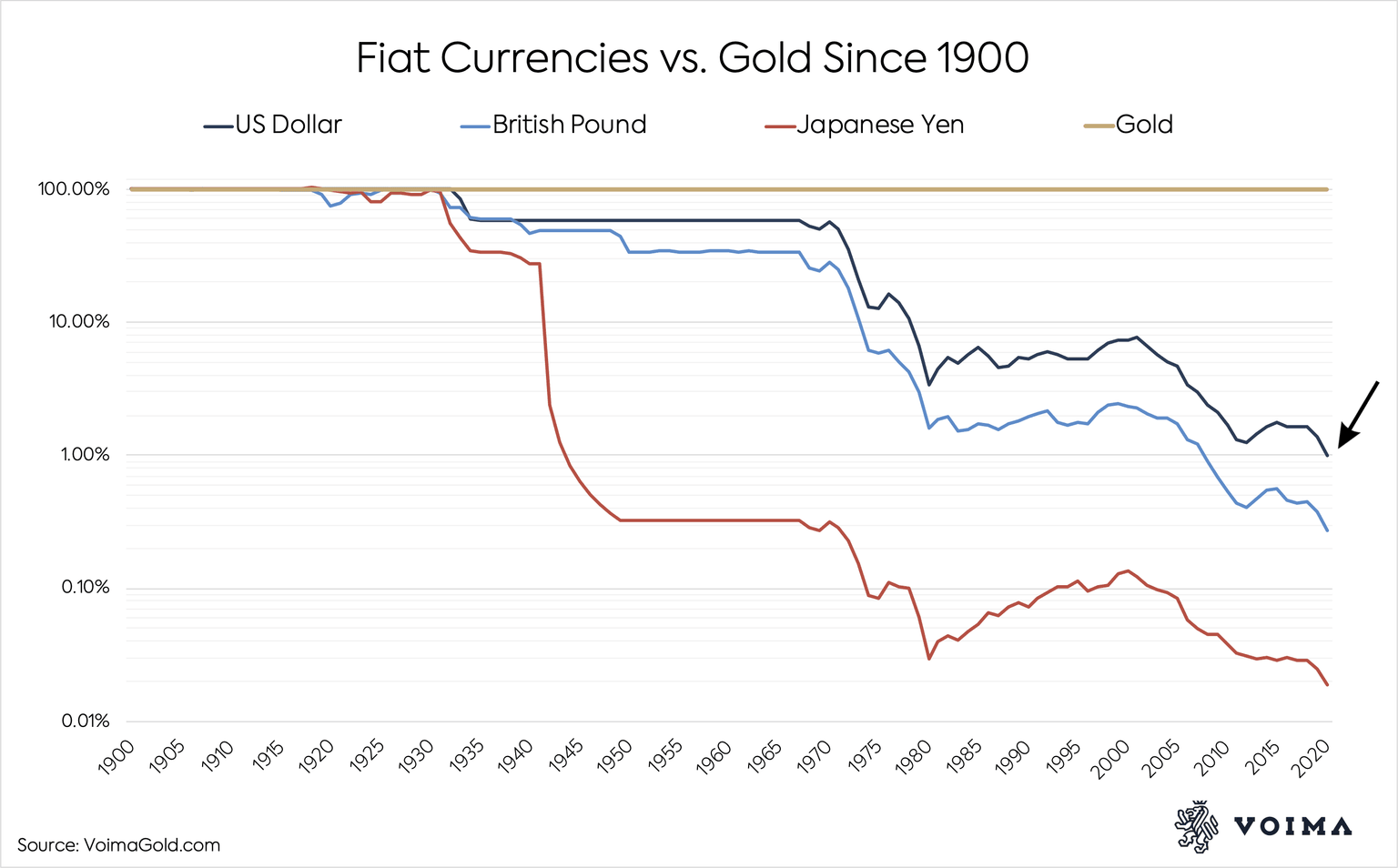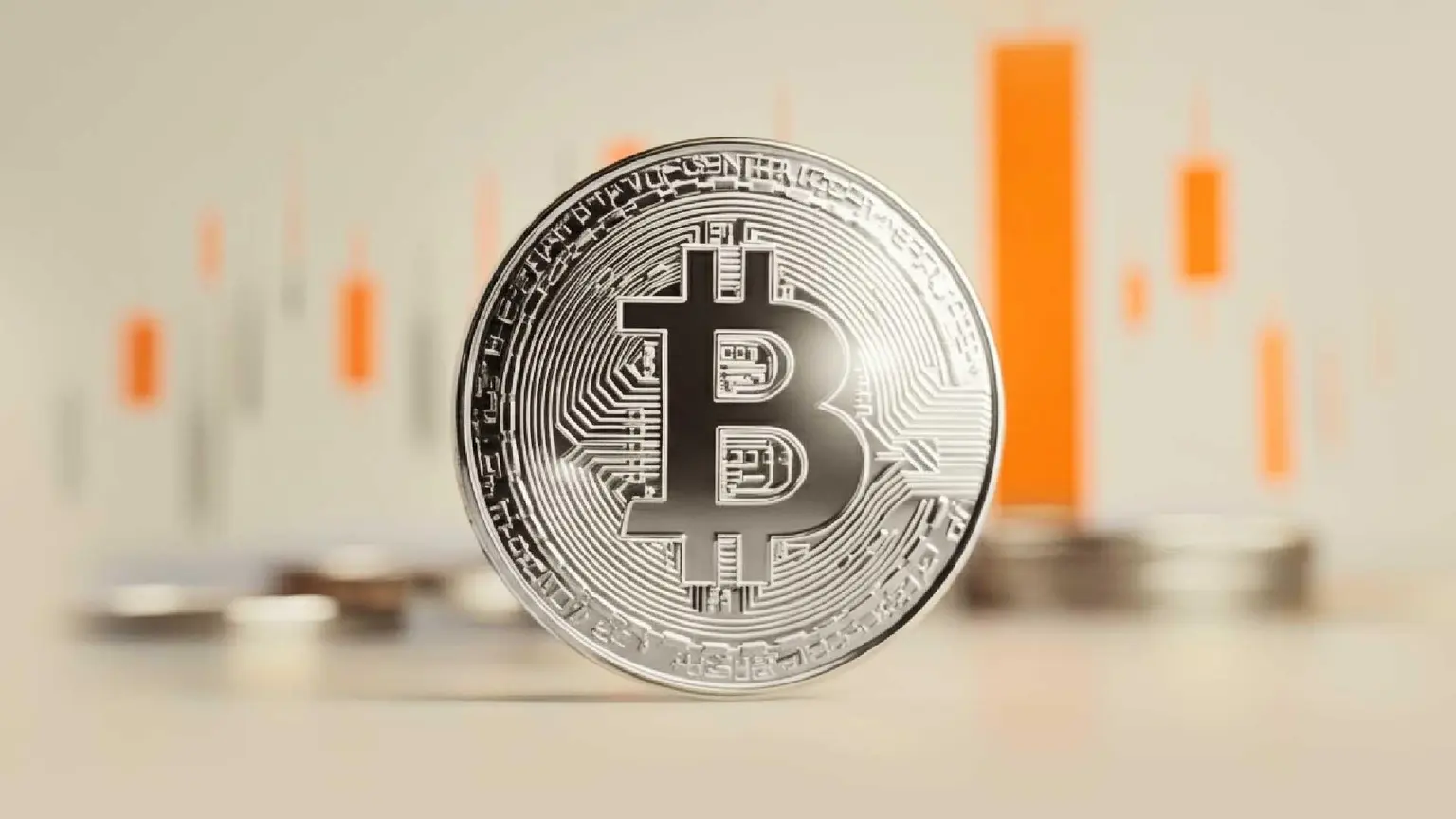Boom or bust? Is there a way for Bitcoin price to hit $100K in 2022?

BTC price took an unexpected bearish turn in January, but are there any catalysts that could support a run to $100,000 in 2022?
The internet is filled with Bitcoin (BTC) price forecasts. For example, some analysts believe that the flagship crypto will hit $1 million per coin in the next 10 years, while others think BTC price will eventually drop to zero.
Without dwelling on predictions that are five or more years ahead of us, let us focus on what Bitcoin could do, say, in the next six months?
Again, the forecasts vary drastically. For instance, Antoni Trenchev, the founder of Nexo Finance, sees Bitcoin price hitting $100,000 by mid-2022.
On the other end of the spectrum is Sussex University professor Carol Alexander, who thinks Bitcoin price could drop to as low as $10,000, thereby wiping out all the gains it had made in 2021.
Bitcoin has been trending almost in the middle of these two extremely far predictions and at press time the cost to purchase one BTC is close to $36,500 at Coinbase.
BTC/USD weekly price chart. Source: TradingView
Bitcoin's circulation will increase on an average of 6.25 BTC per 10 minutes until the next halving in early 2024. This means miners will produce about 900 BTC every day. As a result, by the end of June 2022, there will be a total of 162,900 BTC created into the year.
This would push the total Bitcoin supply in circulation to about 19.078 million BTC. If BTC price is $100,000 by then, its total market capitalization would be nearly $2 trillion, up 128.50% from the year's opening valuation near $875 billion.
Conversely, a drop to $10,000 would push the Bitcoin market capitalization of the total circulated tokens down to over $190 billion, down $685 billion, or about 78%, from this year's open.
So the biggest question that comes to mind after looking at these mind-boggling predictions is whether it is even possible for Bitcoin to move violently towards either of the targets mentioned above. In my opinion, the answer is a BIG YES, mainly because BTC price has been notoriously volatile in the past.
Bitcoin quarterly returns. Source: Coinglass
One question to consider is whether or not investors are ready to inject almost a trillion dollars into the Bitcoin market across the next six months? Trenchev believes they may because of the "cheap money" factor.
Sovereign currency devaluation remains a catalyst
Investors will have noticed that the U.S. dollar's valuation has been recovering lately.
A popular economic indicator, dubbed as the "U.S. dollar index," measures the greenback's strength against a weighted basket of six foreign currencies — the Euro (EUR), Japanese Yen (JPY), Pound Sterling (GBP), Canadian Dollar (CAD), Swedish Krona (SEK), and Swiss Franc (CHF) — surged over 7% to 96.22 last year.
U.S. dollar index weekly price chart. Source: TradingView
It's also worth noticing that the dollar's valuation has surged only against fiat currencies, but against commodities, the greenback has been losing battle after battle.
For instance, a recent U.S. Bureau of Labor Statistics report indicates that consumers paid 7% higher for everyday items in December 2021 than they did 12 months ago. In other words, the inflation in the world's largest economy has risen to the levels never seen before 1982.
This shows the dollar is nothing but the best weak boxer in a ring competing with the six weakest boxers. Sure, the greenback has been winning rounds against them all, but it has also been running away from the real competition.
Speaking of competition, let's compare its value against a scarcer asset, gold.
Fiat currencies versus Gold since 1900. Source: VOIMA
The image above also shows that almost all the fiat currencies have lost their sheen against gold. The big elephant in the room is inflation, which benefiting investors that have been hoarding the precious metal — or any hard money equivalent — against the current bearish trend in currencies like the dollar.
Currently, there is about $40 trillion circulating across markets, which includes all the physical money and the money deposited in savings and checking accounts. Meanwhile, investments, derivatives and cryptocurrencies are above $1.3 quadrillion.
So yes, there are enough greenbacks available in the market to pump the Bitcoin market by another trillion dollars, such that its cost per unit rises to $100,000 in the next six months.
Why hasn't BTC hit $100,000 already?
Before even entertaining that argument, it is wiser to look at Bitcoin's market cap performance over the years.
BTC/USD six-month market cap chart featuring $100B+ in rallies. Source: TradingView
In the six-month timeframe chart above, one can see that there has not been a single instance wherein the Bitcoin market capitalization had risen by over $1 trillion. Similarly, there also has not been a single case where Bitcoin's market valuation dropped by more than $190 billion in six months, as required in the event of a BTC price drop to $10,000.
Despite not rising or falling drastically, the Bitcoin market — as per historical data — attracts more capital in that it spits out, indicating why its price per unit has rallied by more than 14,250% to date since January 2014.
Now, returning to the "why-it-has-not-happened" argument, there seems to be only one answer: uncertainty. And uncertainty has many branches, ranging from regulatory troubles to fears that the Bitcoin market may need a correction after rallying for almost two years in a row.
M2 money supply weekly chart. Source: TradingView
As the Fed unwinds its quantitative easing policy to tame inflation, it effectively removes the excess dollars from the market. And as the markets — hypothetically — run out of cash, they raise it by selling their most profitable investments, be it stock, real estate, Rolex watches or crypto.
Therefore, the next six months could turn out to be a seesaw between those who need cash and those who don't. Inflation led by the dollar devaluation could keep many investors from selling their assets, including Bitcoin. But with the Fed switching off its liquidity plug, crypto markets could face difficulties in attracting new money.
This leaves Bitcoin with investors and firms that have excess cash in their treasuries and have been looking to deploy them into easily liquefiable assets.
So far, Bitcoin has attracted big names like Tesla, Square, MicroStrategy, and others. So naturally, it would take at least a popular Wall Street firm's willingness to add Bitcoin to its treasury to enable BTC's push toward $100,000.
Waiting on the retail boom
Meanwhile, as inflation creeps into people's everyday lives, their likelihood of adopting hard assets to protect their savings could also mean a boon for the Bitcoin market. For instance, BTC's climb to $69,000 last year coincided with an unprecedented spike in retail interest, per a Grayscale Investment report.
The U.S. firm surveyed 1,000 investors and found that 59% were interested in investing in Bitcoin. Meanwhile, 55% said they had purchased the assets between December 2020 and December 2021.
The Fed's "taper tantrum" is impacting investor confidence
The most commonly discussed reason for Bitcoin's recent drop from $69,000 to $34,000 is the U.S. Federal Reserve's decision to end its $120 billion a month asset purchasing program sooner than anticipated. This is expected to be followed by at least three interest rates hikes from their current near-zero levels.
These loose monetary policies ended up injecting about $6.5 trillion since the coronavirus-induced global market crash in March 2020. As a result of the excess liquidity, the dollar's value dropped while riskier assets, including Bitcoin, became ballistically bullish.
According to Crossborder Captial founder Micheal Howell, the excess funds in the market 'had to go somewhere.'
Bitcoin addresses with a non-zero BTC balance. Source: Glassnode
Whether boom or bust, here's what needs to happen
If, Bitcoin were to reach $100,000 by the end of June 2022, here's what would need to happen.
- The M2 money supply remains at an all-time high.
- The planned interest rate hikes fail to keep inflation below the Fed's 2% target.
- The number of non-zero Bitcoin wallets continues to rise to new record highs.
- More companies add BTC to their treasuries.
Meanwhile, Bitcoin could crash to $10,000 if:
- Long-term investors decide to dump Bitcoin to raise cash.
- Regulatory issues and a sharp correction in equities prices weighs on crypto pricing.
- Some unforeseen market manipulation or black swan event tanks BTC price like the March 2020 flash crash.
Author

Cointelegraph Team
Cointelegraph
We are privileged enough to work with the best and brightest in Bitcoin.











